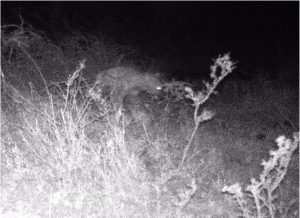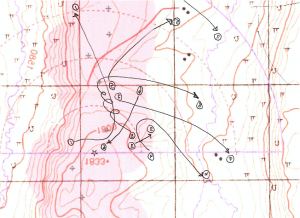Biodiversity Baseline Study For Utility-Scale Renewable Energy Projects
In collaboration with Wood, SandRose was appointed to carry out the Environmental and Social Impact Assessment(ESIA) and Environmental and Social Management Plans (ESMP) for six utility-scale renewable energy projects and in Kenya,in compliance with Kenyan laws and IFC Performance Standards.
Amongst other key tasks, SandRose was in charge of the biodiversity baseline study. It included:
- 1-year bird survey: Our ornithologists implemented a methodology adapted from the Scottish Natural Heritage methodology “Survey Methods for Use in Assessing the Impacts of Onshore Wind farms on Bird Communities”, to account formigration patterns occurring in East Africa, and aligned with the IFC EHS Guidelines for wind energy. It used a combination of Vantage Point observations, transect survey and nesting site survey for key species.
- 1-year bat survey: our methodology followed the EUROBats Guidelines and combined the deployment of acoustic static detectors installed on on-site meteorological masts, transect surveys and identification of bat roosting / foraging areas.
- Terrestrial ecology assessment: our methodology combined transect surveys, detailed survey of areas planned for infrastructure construction and camera traps. Our expertise covers a broad range of disciplines including but not limited to: crustaceans, mammals, rodents, reptiles, amphibians, flora and habitats.
- Consultations with a broad number of environmental stakeholders including government authorities and international environmental NGOs.
- We managed data: baseline data collected was stored in a database and mapped using GIS tools.


